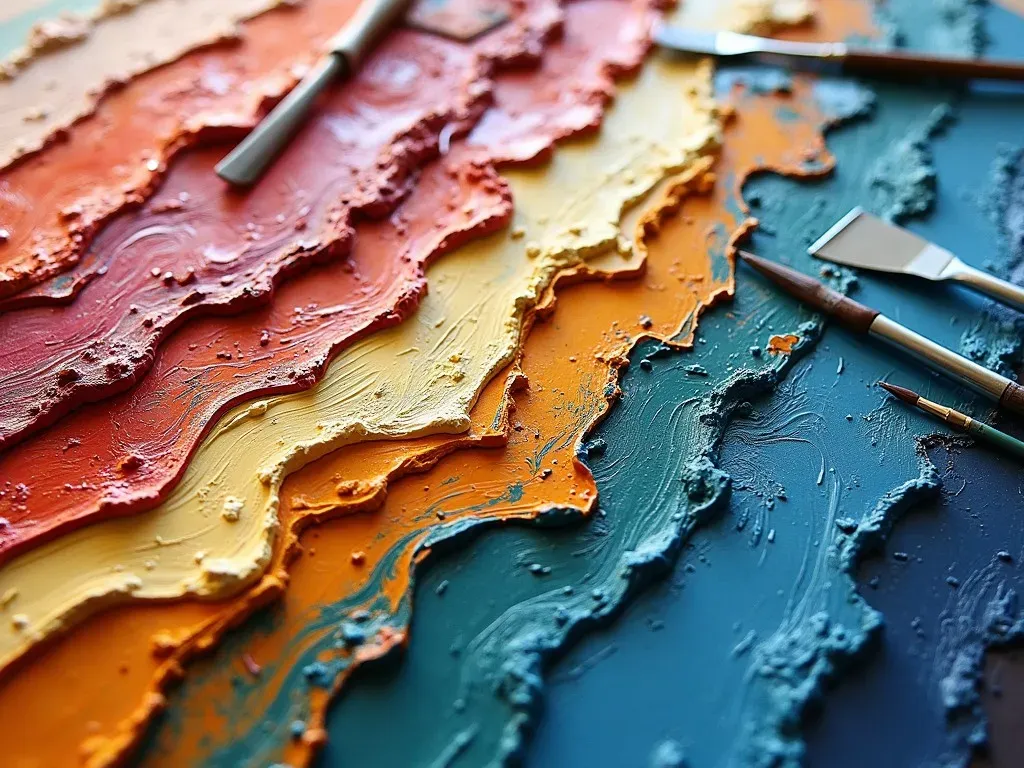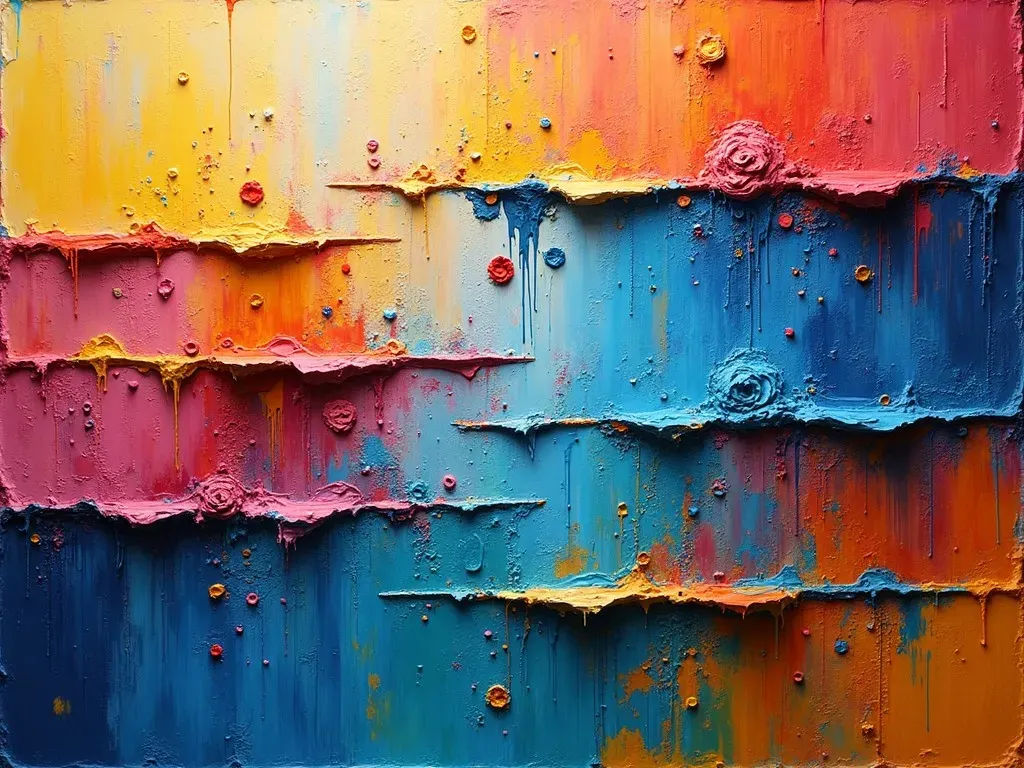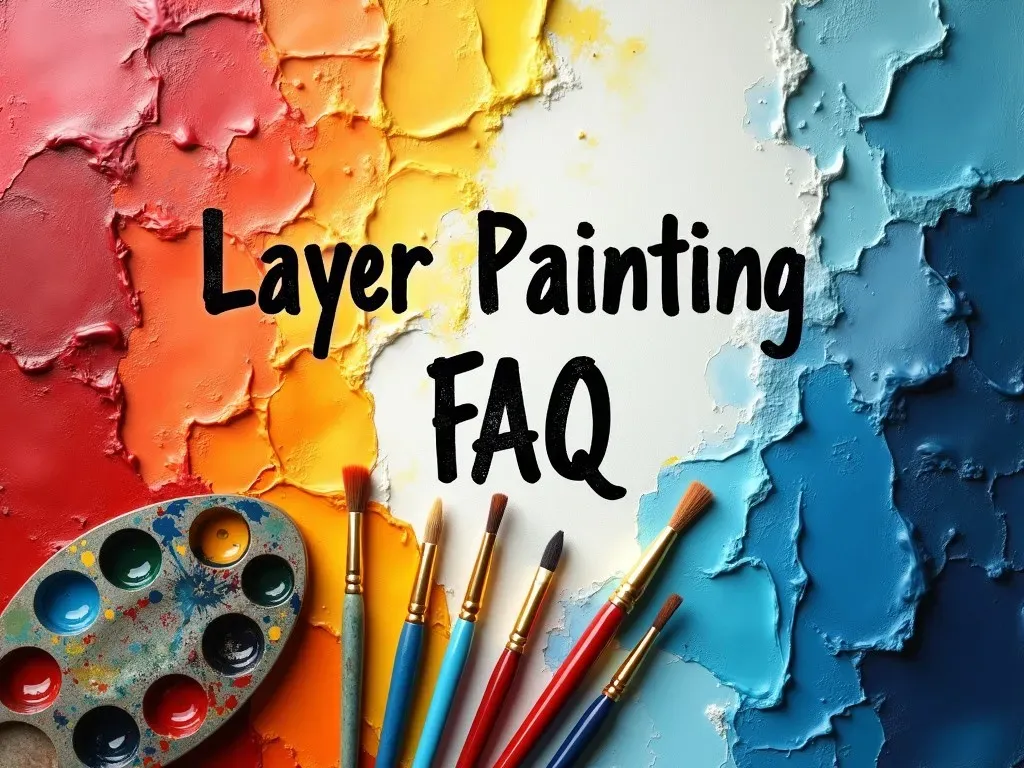The layer painting technique, particularly the 7 layer oil painting technique, is a fascinating approach that allows artists to create depth, texture, and vibrant detail in their artwork. This method involves applying multiple transparent and semi-transparent layers of paint, which work together to build richness and luminosity in the finished piece. Whether you’re a beginner or an experienced painter, mastering layering can elevate your artwork to new heights.
Understanding the Basics of Layer Painting
Layer painting is a fundamental technique in both oil and acrylic mediums that promotes the gradual buildup of color and texture. It can be broken down into several key principles:
- Transparency: Utilizing transparent paints allows the underlayers to influence the final appearance, creating effects that can’t be achieved with a single coat of paint.
- Drying Time: Ensuring each layer dries before applying the next is crucial for achieving desired effects. Oil paints can take longer to dry, while acrylics can dry quickly, allowing for faster layering Techniques.
- Building Texture: Depending on the application method, such as whether you use a brush, palette knife, or sponge, the texture can vary significantly across layers.
Key Facts About Layer Painting Techniques
| Aspect | Oil Paint | Acrylic Paint |
|---|---|---|
| Drying Time | Slow (days to weeks) | Fast (minutes to hours) |
| Layering Technique | Fat over lean | Wet on dry |
| Transparency | Various mediums for glazing | Glazing and opaque textures |
| Best for | Classic techniques and textures | Modern, versatile applications |

7 Layer Oil Painting Technique: Step-by-Step Guide
- Underpainting: Start with a monochromatic base to establish value. This sets the foundation for depth.
- First Color Layer: Apply a thin layer using a transparent color. This can include softer tones to begin shaping your subject.
- Second Layer: Introduce a different hue while considering complementary colors for balance.
- Add Opacity: Next, use more opaque colors to create focal points and add details.
- Glazing Layers: Use a transparent medium to layer colors that overlap. This enhances luminosity.
- Texturing: Incorporate various tools like a palette knife or brush techniques to build physical texture.
- Final Touches: Apply highlights using the most opaque colors and add additional glazes or textures as needed.
Additional Techniques for Layering
Several additional techniques can be utilized while mastering the layer painting technique:
- Scumbling: A method where a dry brush with thin paint is used to create a hazy effect over dried paint, providing a sense of atmosphere.
- Glazing: A technique that involves applying thin, transparent layers to modify color and create depth without altering the structure of the under layers.
- Acrylic Painting Layering: When acrylics are used, layering can be more spontaneous since acrylics dry quickly, encouraging rapid methodical work.

Reference Video
Tools Essential for Layer Painting
| Tool | Purpose |
|---|---|
| Brushes | For smooth application of paint |
| Palette Knives | For creating textured and impasto effects |
| Sponges | To add porous texture or soft edge effects |
| Glazing Mediums | To increase transparency in layers |
| Rags and Water | For a clean workspace and brush care |
Painting Layers Technique: Advanced Approaches
The beauty of layering extends beyond just colors. Texturing through mixed media can enhance your artwork significantly. Incorporating materials such as:
- Pastels: Can create soft edges and highlight areas.
- Inks: Can add unexpected vibrancy.
- Gel mediums: For thick texture applications.
Incorporating these into your layers can lead to unique artistic expressions.
Frequently Asked Questions (FAQs)
What is the key to successful layering in painting?
The critical factors for successful layering are drying time between coats, understanding color transparency, and the application technique. Patience is essential!
Can I use layering techniques with acrylic paints?
Absolutely! Acrylic paints are particularly versatile for layering due to their quick drying time. Techniques like glazing and scumbling are especially effective with acrylics.
How many layers should I use?
There’s no fixed number of layers you must adhere to. The “7 layer” method is a guideline. Depending on your composition and desired effects, you may use more or fewer layers.
What mediums enhance the layering technique?
When using oil paints, mediums such as linseed oil can enhance fluidity and transparency in layers. For acrylics, using an acrylic medium can achieve similar effects.
Where can I find more information on layering techniques?
You can explore techniques and tips from Nancy Reyner’s website for in-depth guidance on various layering processes.

With these insights and resources, diving into the world of layer painting techniques can transform your artistic process into an exploration of color depth and textural richness. Remember, practice and experimentation are key to unlocking your creative potential. Enjoy the journey!
